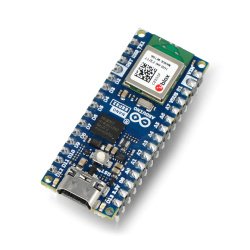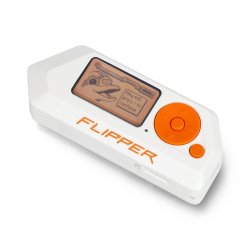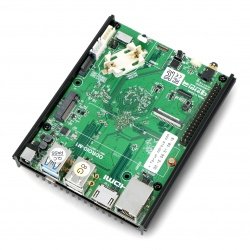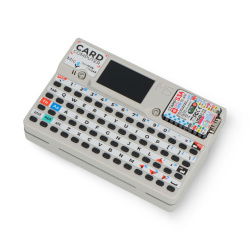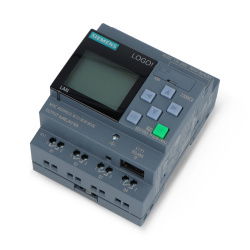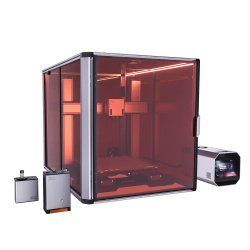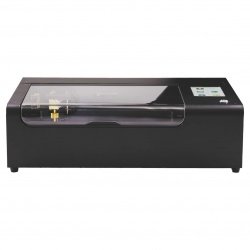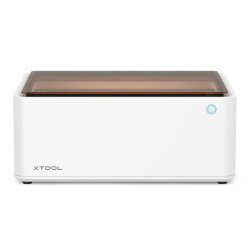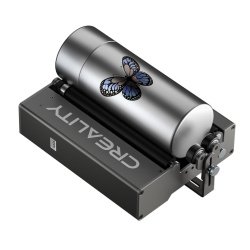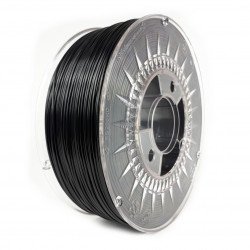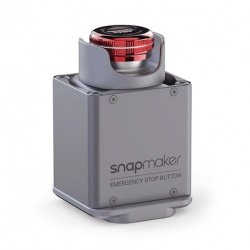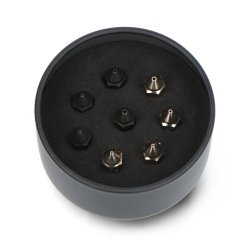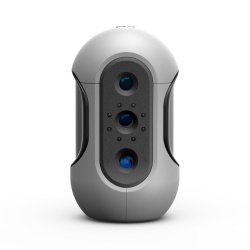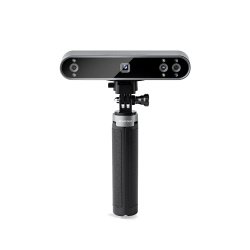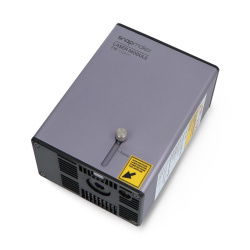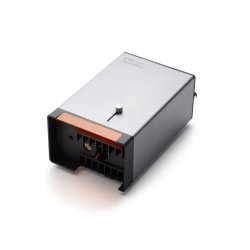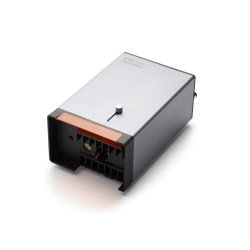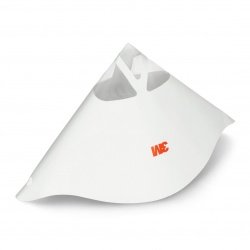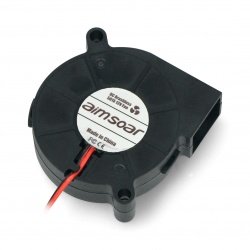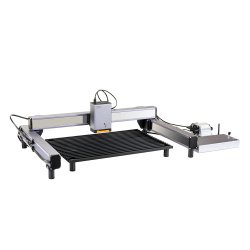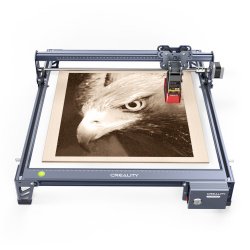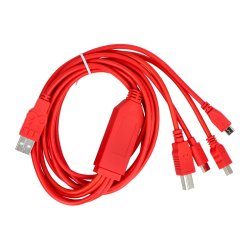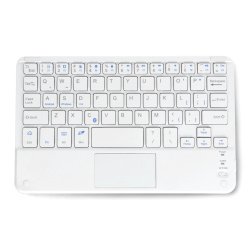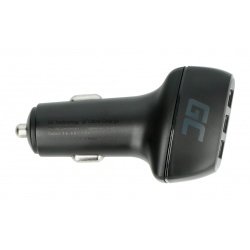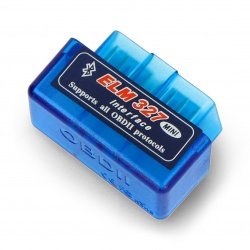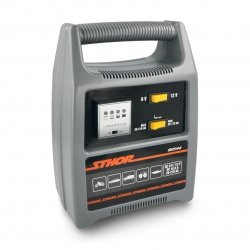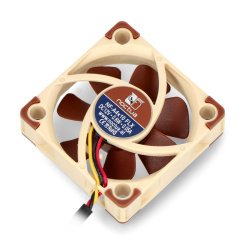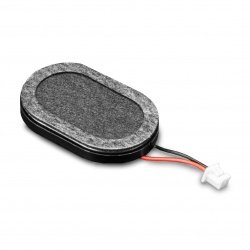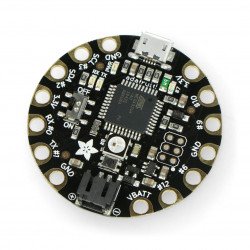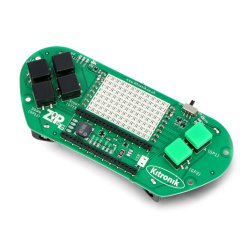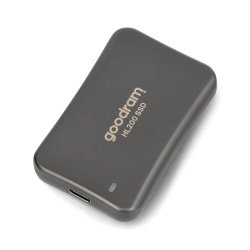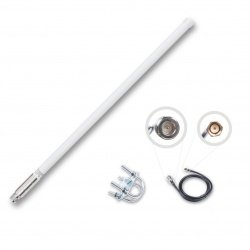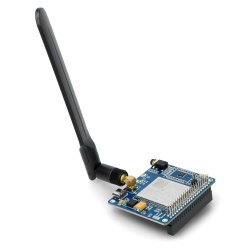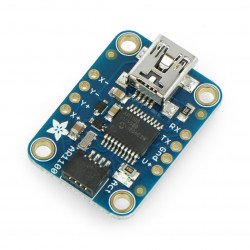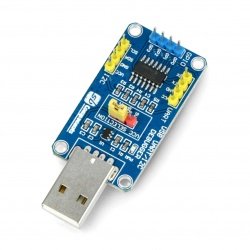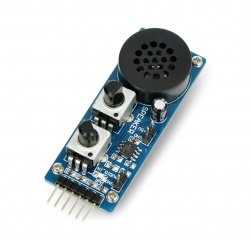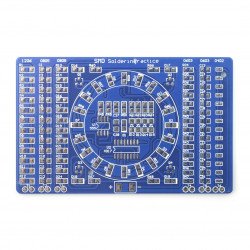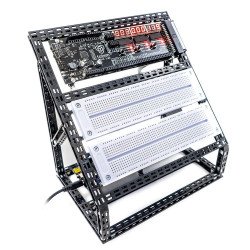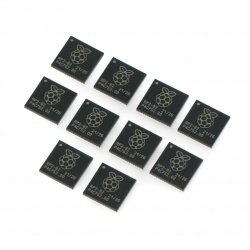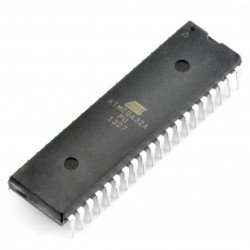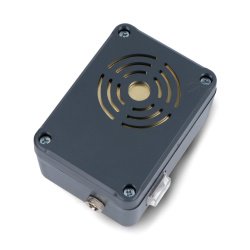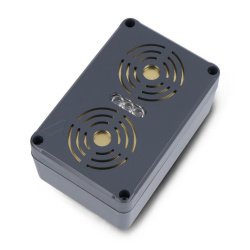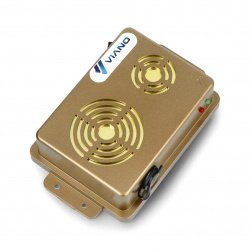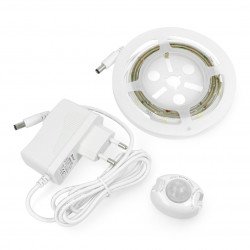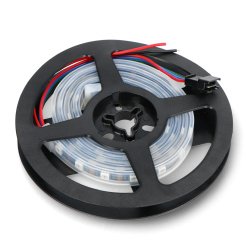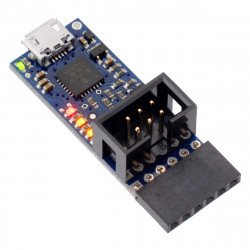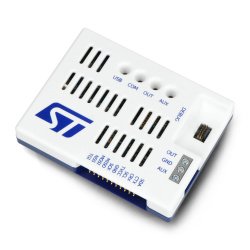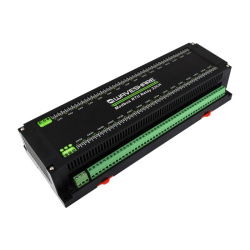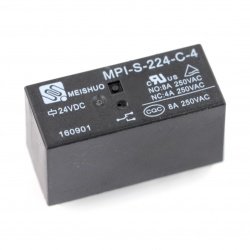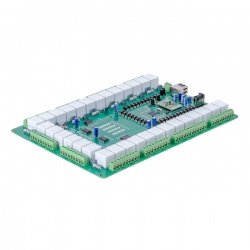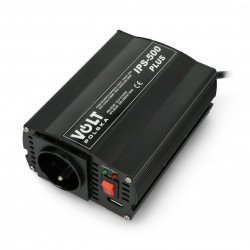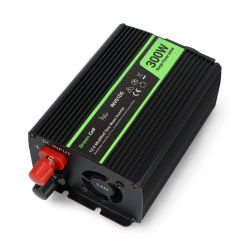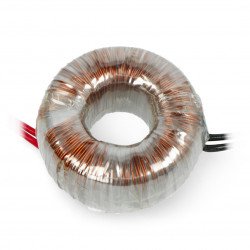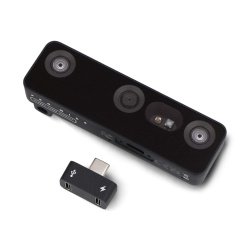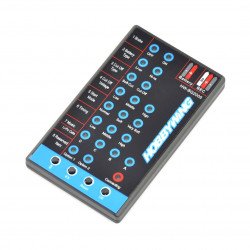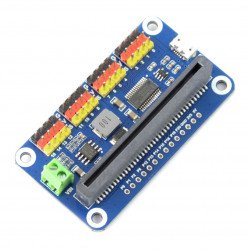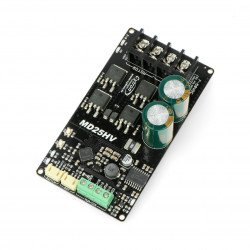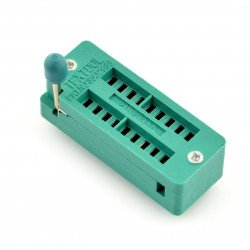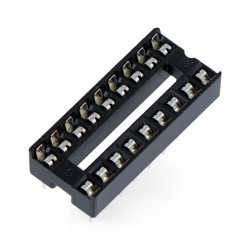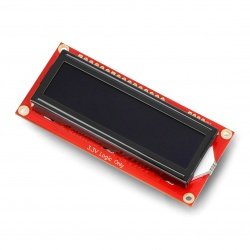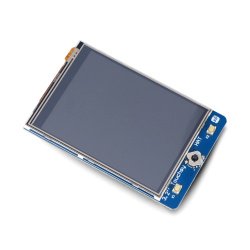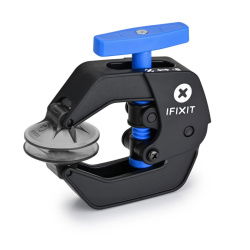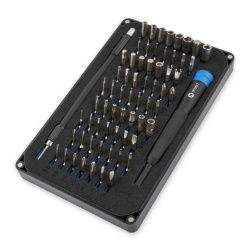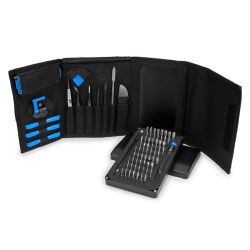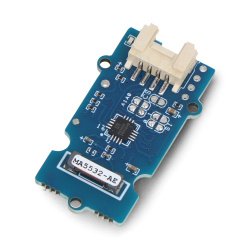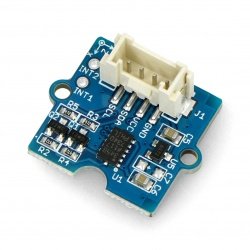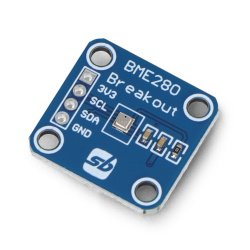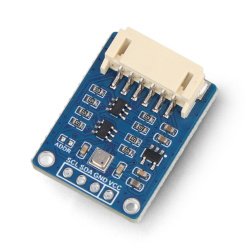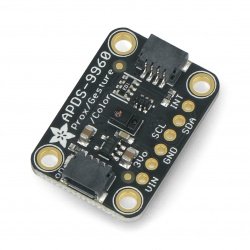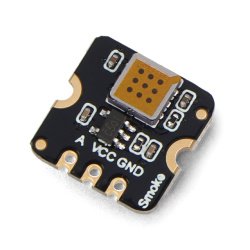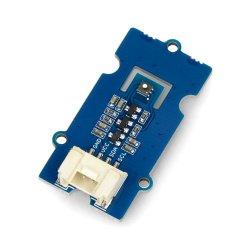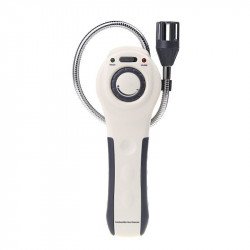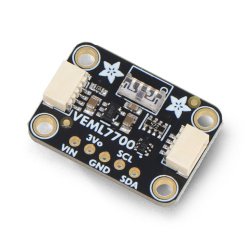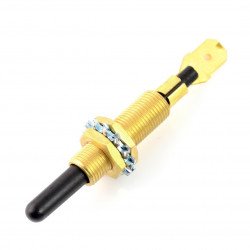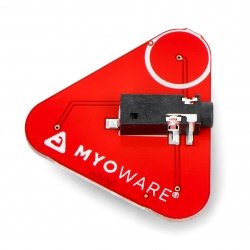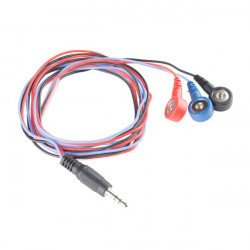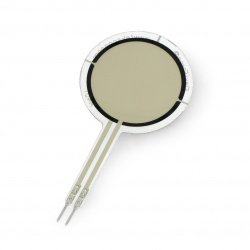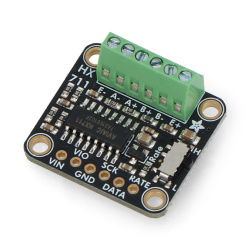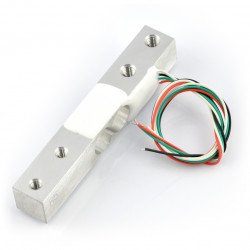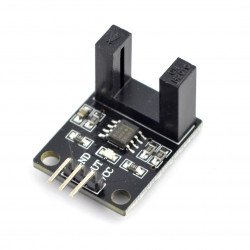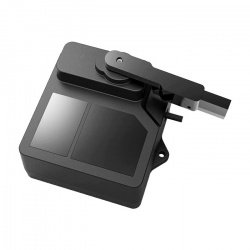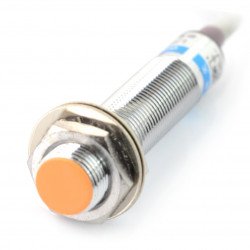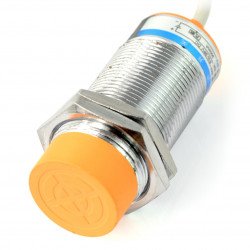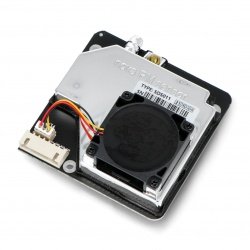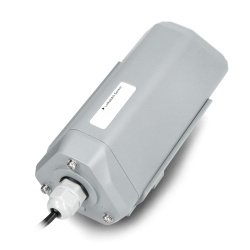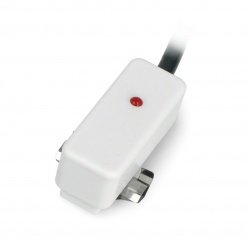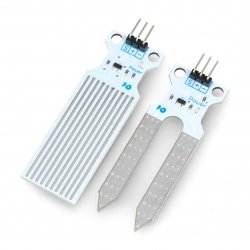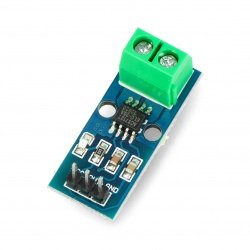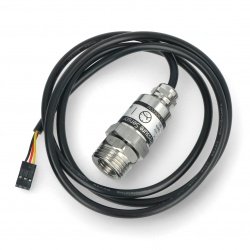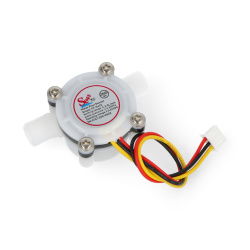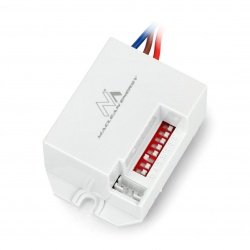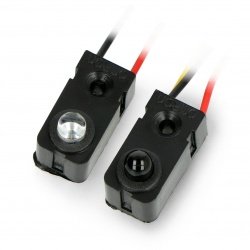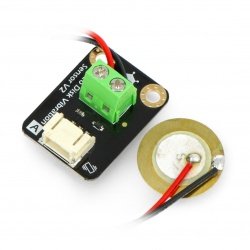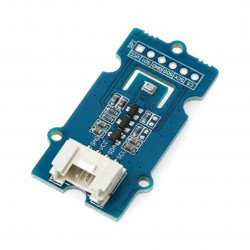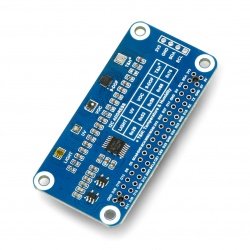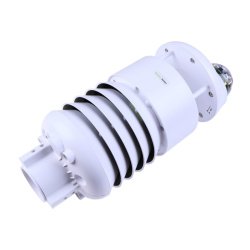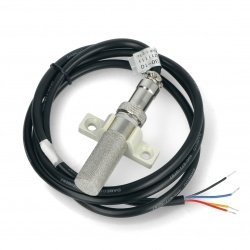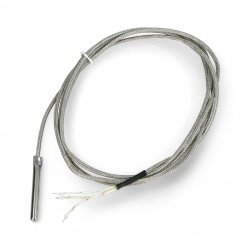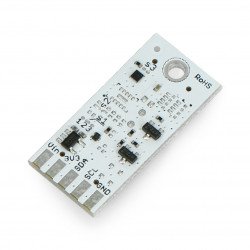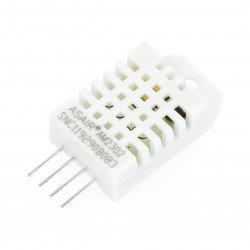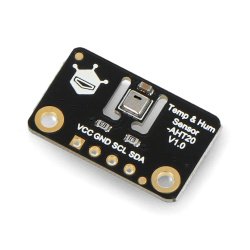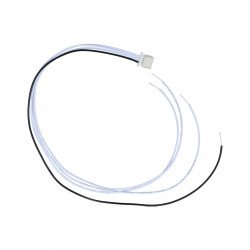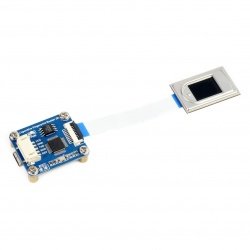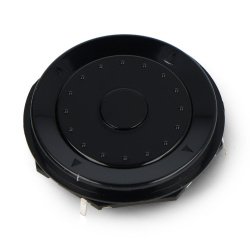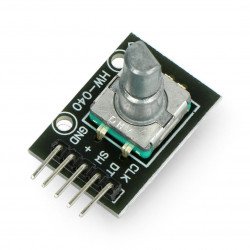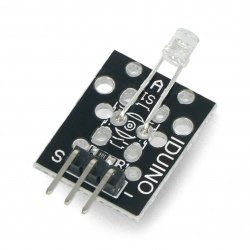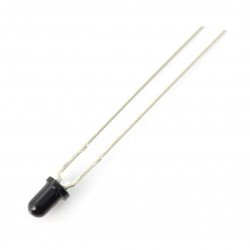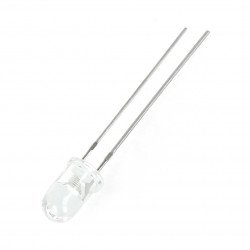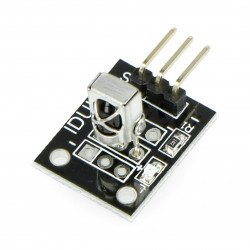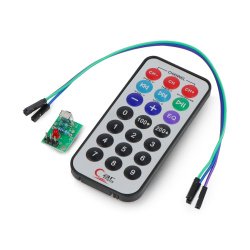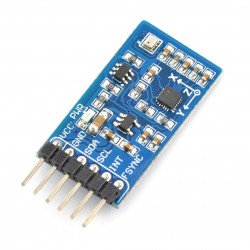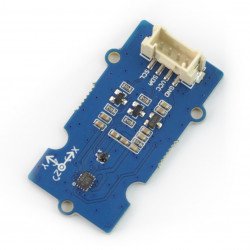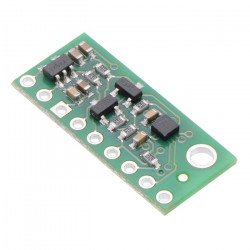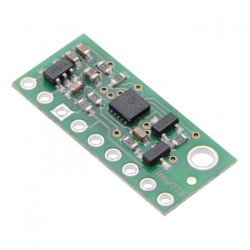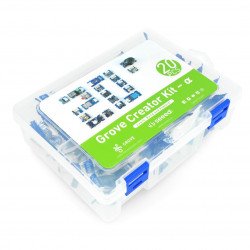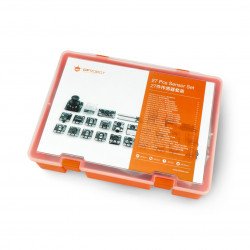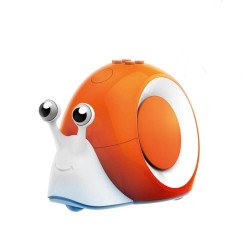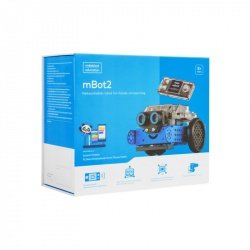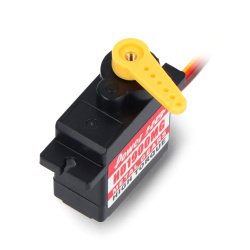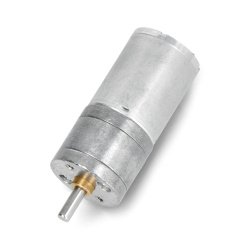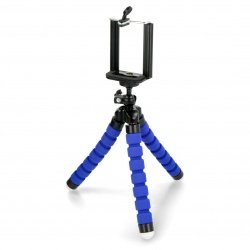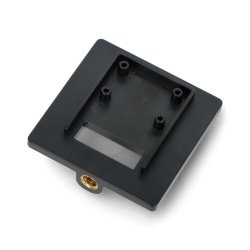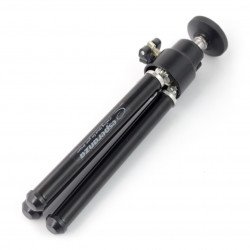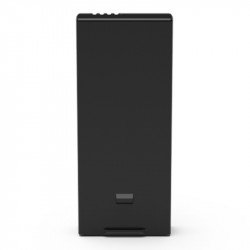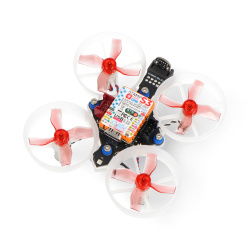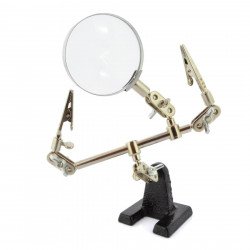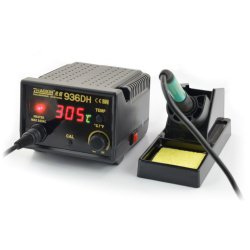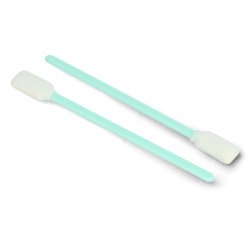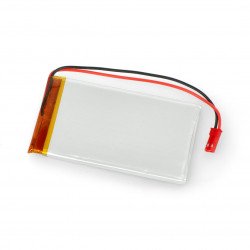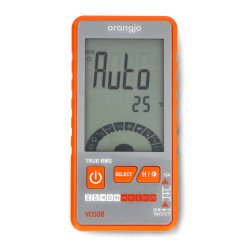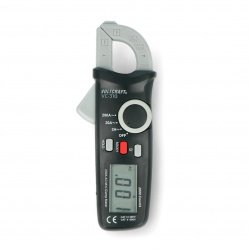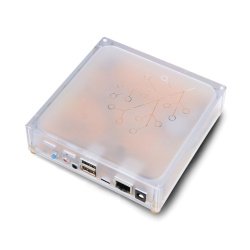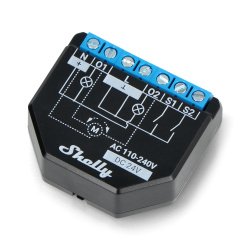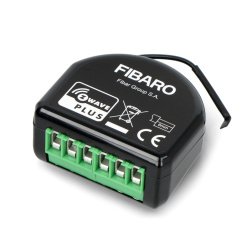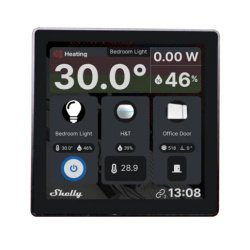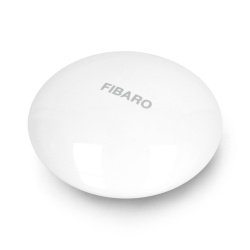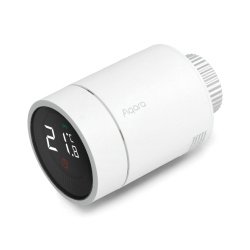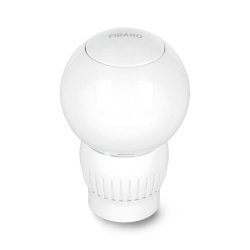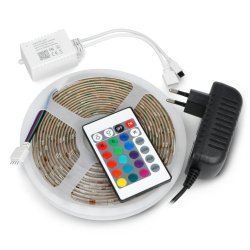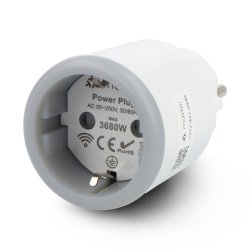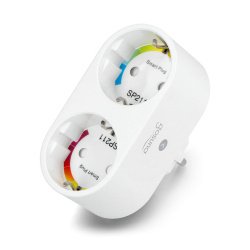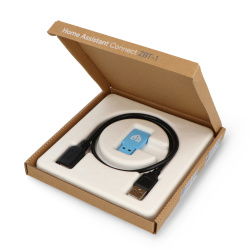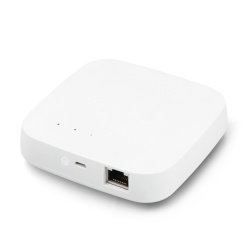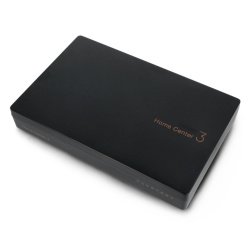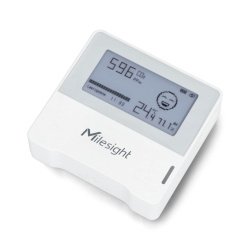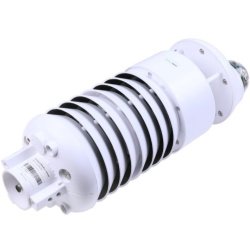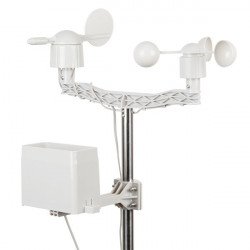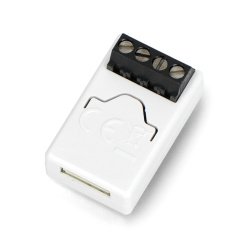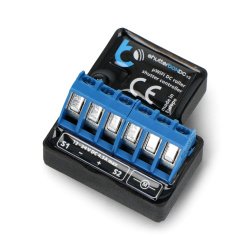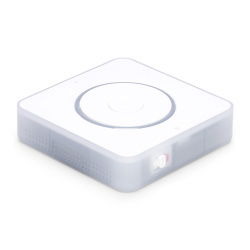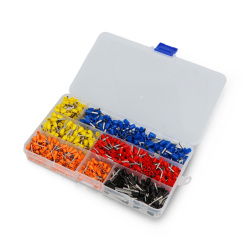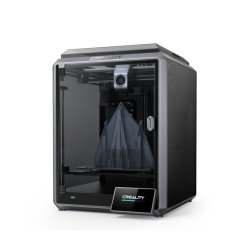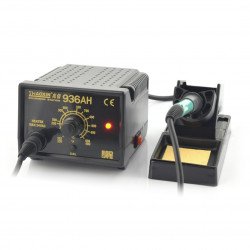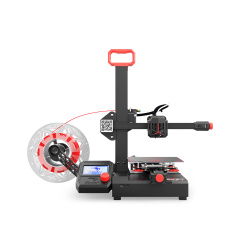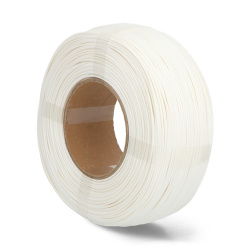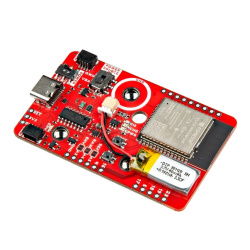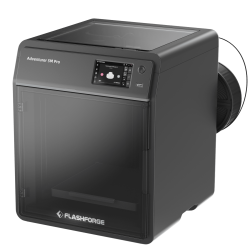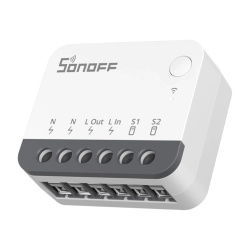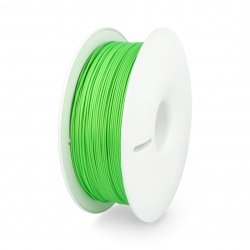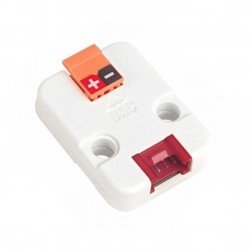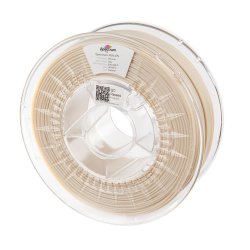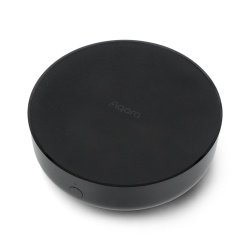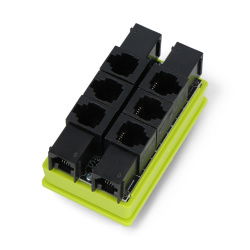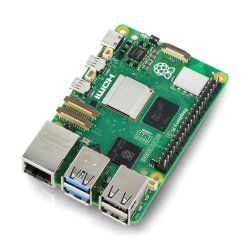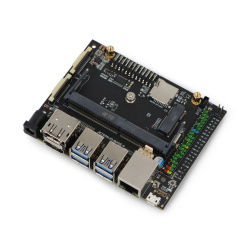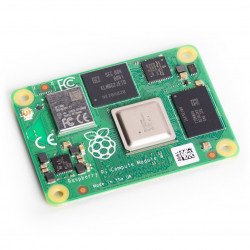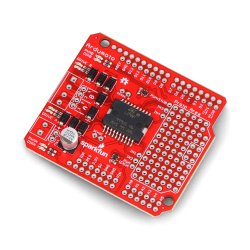NXP is one of the largest semiconductor manufacturers on the market. For many years the company produced almost any type of semiconductor components, from as simple as diodes and transistors, to powerful application processors and sophisticated wireless transceivers and industrial or automotive controllers. A couple years ago low-level components production has been separated to independent company, Nexperia. Now NXP offers mainly analog, digital, RF and power integrated circuits, as well as high quality sensors. After acquisition of Freescale company in 2015 the portfolio of NXP expanded thanks to some high-performance microcontroller and microprocessor families, manufactured formerly by Freescale. Now the company is still broadening its portfolio of powerful application processors called i.MX. In our store you can buy some very interesting evaluation boards for development of projects based on 32-bit and 64-bit i.MX series, as well as 32-bit ARM Cortex-M4 LPC microcontrollers. We also have various accessories compatible with these development platforms.
- Page
- Show all
- Minicomputers
- 3D print
- Electronics
- Sensors
- Robots & mechanics
- Tools & Power
- Education
- Smart Home
- Others
- MINICOMPUTERS
- Show all
- Raspberry Pi
- Arduino
- Nvidia
- Flipper Zero
- Odroid
- BBC micro:bit
- Other minicomputers
- M5Stack
- PLC drivers
- 3D PRINTING
- Show all
- 3D printers
- 3D printers - resin
- Laser cutting machines - engravers, plotters
- CNC milling machines
- Filaments
- Accessories for CNC
- Accessories for 3D printers
- 3D scanners
- Laser heads
- Resins for 3D printers
- Components for 3D printers construction
- Laser plotters
- ELECTRONICS
- Show all
- Computer accessories
- Automobile accessories
- Cooling
- Diodes
- Sound and acoustics
- Mounting components
- Passive elements
- Wearables (e-textiles, smart clothes)
- Cameras and recorders
- Consoles
- Memory cards & disks
- Communication
- Converters
- Electronics courses
- Microcontrollers
- Animal repellers
- LED lighting
- Programmers
- Relays
- Voltage regulators
- Artificial intelligence
- Motor drivers and servos
- Integrated circuits
- Displays and screens
- Tablets and smartphones
- more...
- SENSORS
- Show all
- Accelerometers
- Alarm sensors
- 9DoF IMU sensors
- Pressure sensors
- Air quality sensors
- Sound sensors
- Gesture sensors
- Limit switches
- Gas sensors
- Grove modules
- Gravity modules
- Sensors of light and color
- Magnetic sensors
- Medical sensors
- Pressure sensors
- Sensors odbiciowe
- Distance sensors
- Inductive contactless sensors
- Weather sensors
- Liquid level sensors
- Current sensors
- Flow sensors
- Motion sensors
- Temperature sensors
- PT100 temperature probes
- Humidity sensors
- Fingerprint readers
- Encoders
- Photoresistors
- Phototransistors
- IR receivers
- Magnetometers
- Gyros
- Sensor sets
- Door sensors
- Hall effect sensors
- RPM sensors
- Optical sensors
- Tilt sensors
- Resistance sensors
- Inductive sensors
- Piezoelectric sensors
- Oxygen sensors
- Twilight sensors
- more...
- ROBOTS AND MECHANICS
- Show all
- Robots
- Servos
- Motors
- Mounting components
- Wheels
- Gimbals
- RC drones & cars
- TOOLS AND POWER
- Show all
- Tools
- Chemistry
- Soldering
- Power supply
- Measuring instruments & devices
- Optical equipment
New products
- New
- New
Promotion products
- Reduced price
- Promotion
Tinycontrol LANKON-100 - RJ12 splitter for LAN V3 controller
- Reduced price
- Promotion
- Reduced price
- Promotion
- Reduced price
- Promotion
Heatsink with thermoconductive tape for NanoPi M1/M2/2Fire - 14x14mm
- On sale!
- Promotion
Raspberry Pi CM4 Compute Module 4 - 2GB RAM + 8GB eMMC - CM4002008
- Reduced price
- Promotion
- Reduced price
- Promotion
- On sale!
- Promotion
LPC [NXP] - Mikrokontrolery ARM
OKdo E1 evaluation board - OKLPC5569R0-EVB
OKdo E1 - compact and economical evaluation board . It was based on the NXP LPC55S69 microcontroller with 640 kB of Flash memory , and also has a dual-core ARM...- On sale!
See also
IoT with NPC ARM Cortex-M4 processor
In our offer you’ll find interesting IoT module based on powerful, 180 MHz ARM Cortex-M4 LPC54018 microcontroller and Longsys GT1216 WiFi module with Qualcomm QCA4004 chipset. The module has built-in 16 MB NOR Flash memory, two connectors allowing you to attach the module to the OM40006 evaluation platform and additional connector for debug purposes. The module has dimensions 56 x 30 mm and is equipped with reset button and micro USB port. You can benefit from internal A/D and D/A converters, 10/100 Mbit Ethernet connectivity, SDIO interface as well as rich set of serial interfaces (including UART, SPI, I2C, I2S), GPIO and LCD controller.
i.MX-RT105 – huge possibilities in small form factor
Another interesting NXP product available in our offer is an IMXRT1050-EVKB evaluation board. The platform is based on really powerful application processor called MIMXRT1052DVL6B. The chip is build on ARM® Cortex®-M7 core and can run at up to 600 MHz clock frequency, therefore it’s perfectly suited for demanding, real-time applications. The processor uses 256 Mb of external SDRAM and 512 Mb of hyper flash memory. You can also use additional microSD slot for expanding user data and application memory space. On the board there is also an Ethernet port with RJ45 socket, ZIF connector for camera interface, as well as USB host and USB OTG connectors. Separate USB connector can be used for debug purposes. You can set various boot options using an on-board switch. The platform can be supplied by external, 5V power supply adaptor with DC plug. There are also: one 3,5 mm audio Jack and four switches (system reset, power circuitry reset, ON/OFF switch and user-programmable switch). If you want to expand your board using Arduino shields, you can use a slot compatible with this popular DIY ecosystem.
All-in-one embedded computer with LPC ARM MCU
If you are a fan of LPC microcontrollers family, you’ll probably be interested in OM13098 -a powerful, official evaluation platform from NXP. The board comprises built-in CMSIS-DAP / SEGGER® J-Link compatible debugger interface and is based on LPC54628 MCU (ARM Cortex-M4 running at 220 MHz). On the top side of the board there is a 272 x 400 px LCD display with touch panel installed. It also comprises Arduino shield-compatible expansion slots, full-size SD card slot, 10/100 Mb Ethernet port, as well as digital MEMS microphone (Knowles SPH0641LM4H), three user-programmable LEDs, a set of switches and reset button. Space for an operating system and target applications is ensured by 128 Mb Winbond Quad SPI Flash memory and 128 Mb SDRAM. There is also an audio stereo interface (input/output), built-in MEMS acceleration sensor (MMA8652FCR1) and a few additional expansion connectors located on the edges of the PCB. You can manually configure various hardware features using jumpers installed on the bottom side of the board. The manufacturer shares detailed documentation on its website. You can even benefit from ready-to-print STL files for making your own 3D-printed enclosure for the evaluation board.
preview


preview


preview


preview

preview


preview


preview


preview


preview


preview


preview


preview


preview


preview


preview


preview


preview


preview


preview

preview


preview


preview


preview


preview


preview


preview


preview


preview


preview


preview


preview


preview


preview


preview


preview


preview


preview













